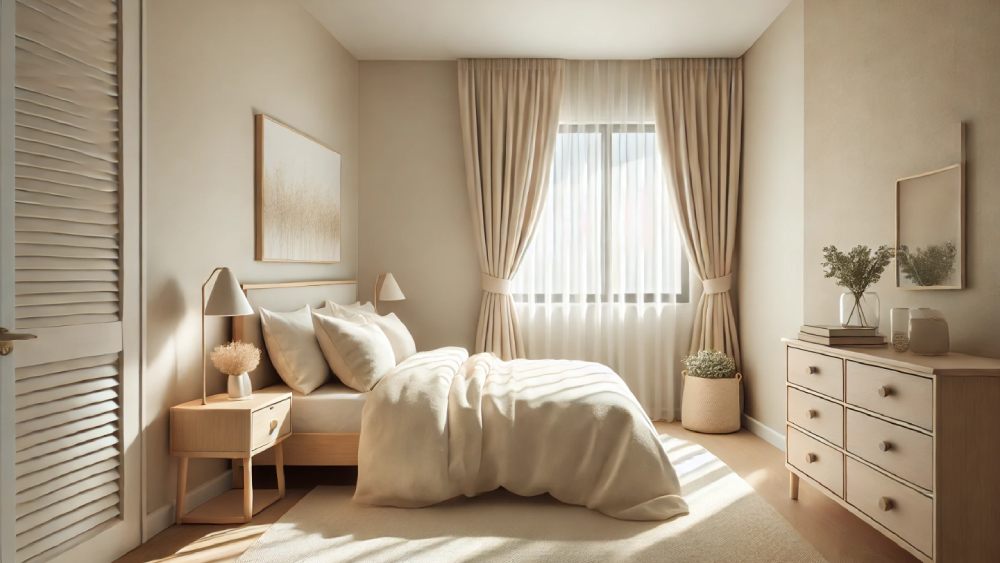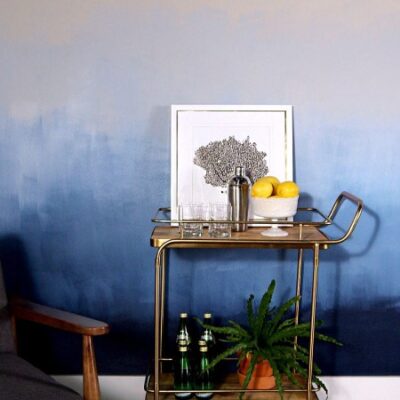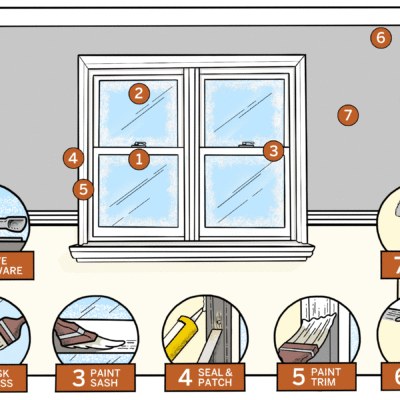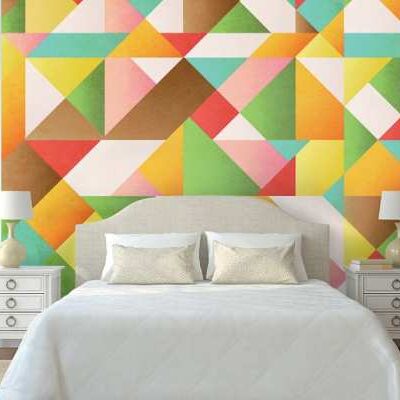Best Paint Colors for Small Spaces

Designing small spaces can be a delightful challenge, as every choice, from furniture to decor, significantly impacts the room’s overall feel. One of the most powerful tools in your design arsenal is paint. The right colors can transform cramped quarters into airy, inviting retreats. Here’s a guide to the best paint colors for making small spaces look larger, brighter, and more welcoming.
1. Soft Whites and Off-Whites
Soft whites and off-whites are timeless choices for small spaces. They reflect light beautifully, making the room appear larger and more open. These colors provide a neutral backdrop, allowing you to play with different textures and accents without overwhelming the space.
Recommended Shades:
- Benjamin Moore’s White Dove: A classic, warm white that adds coziness.
- Sherwin-Williams’ Alabaster: A soft, creamy white that’s perfect for creating a serene atmosphere.
2. Light Grays
Light grays are versatile and sophisticated, offering a modern alternative to white. They create a subtle, neutral base that can make small rooms feel more expansive without being stark.
Recommended Shades:
- Behr’s Silver Drop: A delicate gray with a hint of warmth.
- Farrow & Ball’s Cornforth White: A well-balanced, neutral gray that pairs well with various decor styles.
3. Pale Blues and Greens
Pale blues and greens bring a touch of nature indoors, creating a calming and refreshing environment. These hues are perfect for bedrooms, bathrooms, and living areas where you want to promote relaxation.
Recommended Shades:
- Sherwin-Williams’ Sea Salt: A soft, muted green with blue undertones, ideal for a soothing ambiance.
- Benjamin Moore’s Pale Smoke: A tranquil blue-gray that enhances the sense of space and airiness.
4. Warm Neutrals
Warm neutrals like beige, taupe, and light brown can add depth and warmth to small spaces. They provide a cozy, inviting feel without making the room look smaller.
Recommended Shades:
- Benjamin Moore’s Revere Pewter: A versatile greige that adapts to different lighting conditions.
- Sherwin-Williams’ Accessible Beige: A warm, approachable beige that complements various color schemes.
5. Soft Pastels
Soft pastels, including blush pinks, mint greens, and light lavenders, can add a touch of color without overwhelming the space. These colors are perfect for nurseries, bedrooms, or any room where you want a gentle, inviting atmosphere.
Recommended Shades:
- Farrow & Ball’s Pink Ground: A delicate pink that adds warmth and charm.
- Behr’s Mint Frost: A refreshing mint green that brightens up any small room.
6. Monochromatic Schemes
Using varying shades of the same color can create a cohesive and expansive look. A monochromatic scheme, especially in light hues, can blur the boundaries of the room, making it feel larger.
Recommended Approach:
- Choose a base color and use lighter and darker shades of the same color for walls, trim, and accents. For instance, a pale blue on the walls paired with slightly darker blue accents and white trim can create a harmonious and spacious effect.
7. Contrasting Colors for Accents
While light colors are generally best for small spaces, don’t be afraid to use contrasting colors for accents. Darker shades on trim, doors, or a single accent wall can add depth and dimension, making the space feel more dynamic.
Recommended Approach:
- Use a light, neutral base color and add contrast with dark gray or navy trim. This not only defines the space but also adds a touch of sophistication.
Tips for Painting Small Spaces
- Consistency is Key: Use the same color on walls and ceilings to create a seamless look that visually raises the ceiling height.
- Gloss and Sheen: Opt for a satin or eggshell finish for walls to reflect light, but avoid high-gloss paints, which can highlight imperfections.
- Lighting: Complement your paint choice with good lighting. Natural light enhances the effect of lighter colors, while layered lighting (ambient, task, and accent) can add depth to any shade.
Conclusion
Choosing the right paint color is crucial for small spaces. Light and neutral hues generally work best to open up a room, while soft pastels and monochromatic schemes can add personality without overwhelming the space. Remember, the key is to create a balanced and cohesive look that enhances the room’s natural light and makes the space feel inviting and expansive. Happy painting!









